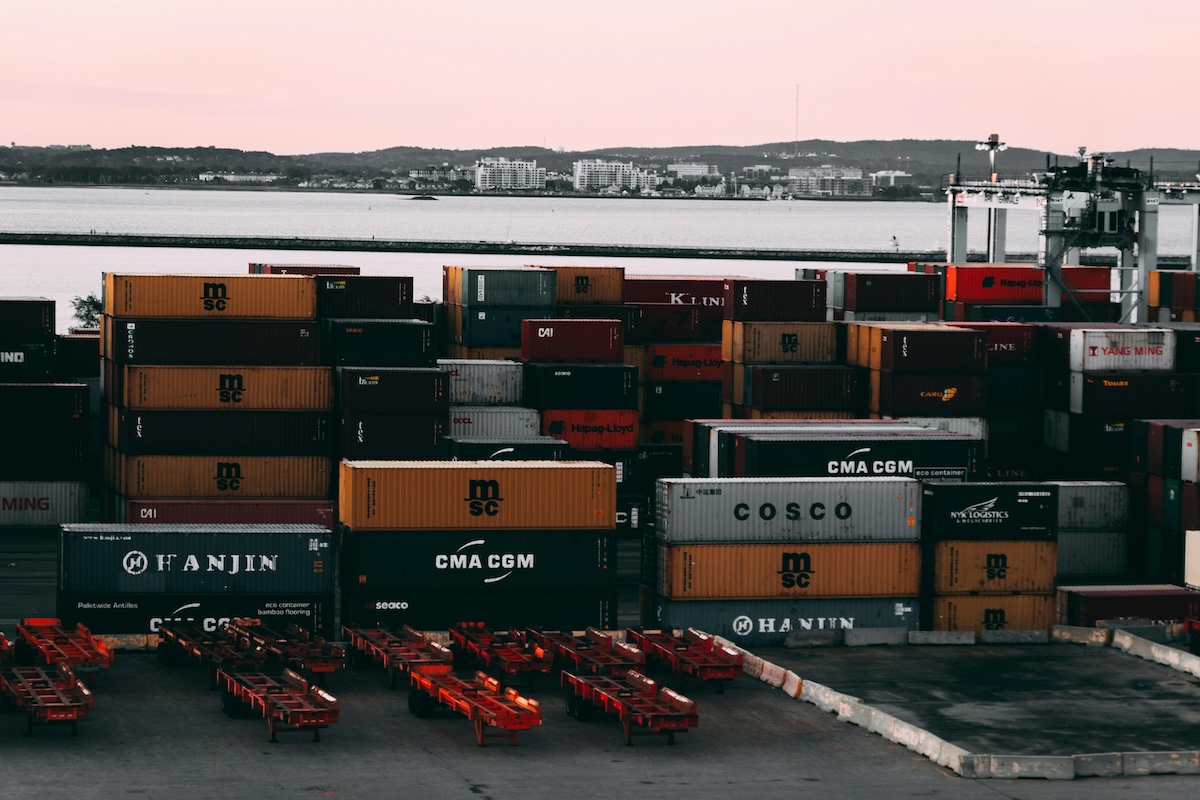Customs Quota Enforcement in International Trade: What You Need to Know

Article Summary
Customs quotas are trade policy tools that limit the quantity or value of certain goods that can be imported or exported during a specific period.
The main types include absolute quotas, tariff-rate quotas (TRQs), and export quotas, each with specific compliance requirements.
Quotas are allocated based on first-come, first-served systems, historical trade volumes, or industry-specific allocations, often requiring licenses or permits.
Importers/exporters must provide accurate declarations, maintain records for five years, and report quota usage through systems like ACE in the U.S.
Authorities use physical inspections, electronic monitoring, penalties, and license revocations to ensure compliance with quota limits.
Businesses should maintain accurate records, track quota allocations in real time, and work with customs brokers or trade compliance specialists.
Introduction
Customs quotas are trade policy tools that limit the quantity or value of certain goods that can be imported or exported during a specific period. Quotas are often applied to protect domestic industries, manage supply, or comply with international trade agreements. While quotas can promote fair competition and stabilize markets, they also introduce compliance obligations for importers and exporters.
Customs quota enforcement ensures that these limits are respected, preventing over-importation, illegal trade, and market disruption. For businesses engaged in international trade, understanding quota regulations, reporting requirements, and enforcement mechanisms is critical to avoid penalties, delays, or confiscation of goods.
Key Details About Customs Quota Enforcement
1. Types of Customs Quotas
Customs quotas can take several forms, each with specific enforcement implications:
- Absolute quotas: Strict limits on the quantity of a product that can enter a country during a period, with no imports allowed once the quota is filled.
- Tariff-rate quotas (TRQs): Allow a set quantity of goods to enter at a lower tariff, with additional imports subject to higher tariffs.
- Export quotas: Restrict the quantity of goods that can leave a country, often to conserve resources or manage domestic supply.
Understanding the type of quota is essential for compliance planning and accurate reporting.
2. Quota Allocation and Licensing
Many quotas require B'importers or exporters to obtain licenses or permits'. Authorities typically allocate quotas based on:
- First-come, first-served basis
- Historical import/export volumes
- Industry-specific allocations
Quota licenses must be maintained accurately, and shipments exceeding quota limits may be rejected or subject to additional duties. Proper planning ensures timely submission and minimizes the risk of losing quota privileges.

3. Monitoring and Reporting Requirements
Customs agencies closely monitor quota-controlled goods. Compliance involves:
- Accurate declarations on import/export documentation, including quantity, value, and product classification
- Regular reporting to customs authorities, sometimes through electronic systems such as Automated Commercial Environment (ACE) in the U.S.
- Recordkeeping to demonstrate adherence to quota allocations, typically for five years or longer
Failing to report accurately can result in penalties, seizure of goods, or suspension of quota privileges.
4. Enforcement Mechanisms
Customs authorities enforce quotas using multiple mechanisms:
- Physical inspections of shipments at ports of entry
- Electronic monitoring of declarations and quota usage
- Penalties and fines for over-importation or misreporting
- Revocation of licenses or restrictions on future quota access
These measures ensure that quota limits are respected and that trade flows remain within the intended regulatory framework.
5. Compliance Strategies for Businesses
To ensure quota compliance, businesses should adopt proactive measures:
- Maintain accurate records of imports, exports, and quota usage
- Track quota allocations in real time using digital systems
- Coordinate with customs brokers or trade compliance specialists to ensure correct filings
- Review quota-related regulations regularly to stay updated on changes
Effective compliance strategies reduce the risk of enforcement actions and support smooth international operations.
Conclusion
Customs quota enforcement is a vital aspect of international trade compliance, designed to maintain fair competition, protect domestic industries, and manage supply. By understanding the types of quotas, allocation procedures, reporting requirements, enforcement mechanisms, and compliance strategies, businesses can navigate quota-controlled trade successfully.
Proactive planning, accurate documentation, and adherence to customs regulations help avoid penalties, shipment delays, and disruptions in trade operations. Businesses that prioritize quota compliance not only reduce risk but also strengthen their reputation and operational efficiency in the global marketplace.
Key Points
What are customs quotas, and why are they important?
- Definition:
- Customs quotas are trade policy tools that limit the quantity or value of specific goods that can be imported or exported during a set period.
- They are designed to protect domestic industries, manage supply, and comply with international trade agreements.
- Purpose:
- Promote fair competition and stabilize markets.
- Prevent over-importation, illegal trade, and market disruption.
What are the main types of customs quotas?
- Absolute Quotas:
- Strict limits on the quantity of goods that can enter a country during a specific period.
- Once the quota is filled, no further imports are allowed until the next period.
- Tariff-Rate Quotas (TRQs):
- Allow a set quantity of goods to enter at a lower tariff rate, with additional imports subject to higher tariffs.
- Export Quotas:
- Restrict the quantity of goods that can leave a country, often to conserve resources or manage domestic supply.
- Example:
- TRQs are commonly applied to agricultural products like sugar, dairy, and peanuts.
How are quotas allocated, and what is required for compliance?
- Quota Allocation Methods:
- First-Come, First-Served: Quotas are allocated in the order applications are received.
- Historical Trade Volumes: Allocations are based on past import/export activity.
- Industry-Specific Allocations: Certain industries may receive priority access.
- First-Come, First-Served: Quotas are allocated in the order applications are received.
- Licensing Requirements:
- Importers/exporters often need licenses or permits to access quotas.
- Shipments exceeding quota limits may be rejected or subject to additional duties.
- Importers/exporters often need licenses or permits to access quotas.
What are the reporting requirements for quota compliance?
- Key Requirements:
- Accurate Declarations: Include quantity, value, and product classification in import/export documentation.
- Regular Reporting: Use electronic systems like the Automated Commercial Environment (ACE) in the U.S. to report quota usage.
- Recordkeeping: Maintain records for at least five years to demonstrate compliance.
- Accurate Declarations: Include quantity, value, and product classification in import/export documentation.
- Consequences of Non-Compliance:
- Penalties, seizure of goods, or suspension of quota privileges.
How do customs authorities enforce quotas?
- Enforcement Mechanisms:
- Physical Inspections: Customs officers inspect shipments at ports of entry.
- Electronic Monitoring: Authorities track declarations and quota usage in real time.
- Penalties and Fines: Imposed for over-importation, misreporting, or exceeding quota limits.
- License Revocation: Non-compliance can result in loss of quota privileges.
- Example:
- Goods exceeding TRQ limits may be held in bonded warehouses or foreign trade zones until the next quota period.
What strategies can businesses use to ensure quota compliance?
- Best Practices:
- Maintain Accurate Records: Track imports, exports, and quota usage meticulously.
- Monitor Quota Allocations: Use digital systems to track fill rates and ensure timely submissions.
- Work with Experts: Collaborate with customs brokers or trade compliance specialists to ensure proper filings.
- Stay Updated: Regularly review quota-related regulations to adapt to changes.
- Benefits of Compliance:
- Avoid penalties, shipment delays, and disruptions in trade operations.
- Strengthen reputation and operational efficiency in the global marketplace.










